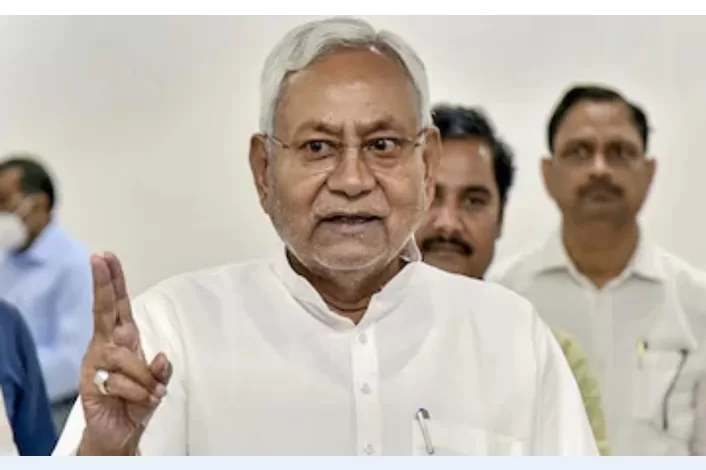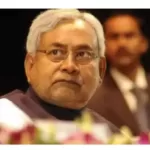Patna:Bihar’s Chief Minister, Nitish Kumar, has set forth a bold proposal to elevate the reservation quotas in government jobs and educational institutions. This initiative aims to substantially raise the stakes, pushing these quotas to an ambitious 65 percent. Remarkably, this excludes the 10 percent reservation allocated by the central government for Economically Weaker Sections (EWS), thereby catapulting the overall reservation to an unprecedented 75 percent.
Should this proposal come to fruition, it would breach the 50 percent ceiling established by the Supreme Court in 1992. Chief Minister Nitish Kumar has affirmed the government’s commitment to actualize these amendments after thorough consultations. Additionally, he has recommended the elimination of the existing three percent quota for OBC women.
Under these revised quotas, Scheduled Caste candidates would enjoy a 20 percent reservation, signifying a substantial surge from previous figures. Meanwhile, OBCs and EBCs are slated to benefit from a formidable 43 percent allocation, a significant increase from the previous 30 percent. Furthermore, a two percent quota has been earmarked for Scheduled Tribes.
The present reservation system designates 18 percent for EBCs, 12 percent for Backward Classes, 16 percent for Scheduled Castes, and one percent for Scheduled Tribes.
This proposal arrives promptly after the presentation of an exhaustive report on the contentious state-wide caste survey before the Bihar Assembly. This development unfolded amidst claims from the opposition BJP that the Janata Dal (United)-Rashtriya Janata Dal alliance, currently in power, had exaggerated data concerning the Yadav community and Muslims.
Notably, Nitish Kumar, the Chief Minister, criticized the BJP for these allegations. Earlier, Tejashwi Yadav, his deputy from the RJD, belonging to the Yadav community, urged critics of the caste survey to substantiate their claims.
It’s vital to recognize that the Yadavs represent the largest OBC subgroup within Bihar, accounting for 14.27 percent of the population.
According to the Bihar caste survey, 36 percent of the state’s 13.1 crore population identifies with EBCs, while 27.1 percent belong to Backward Classes, and 19.7 percent are categorized as Scheduled Castes. Scheduled Tribes constitute 1.7 percent of the population, while the General Category encompasses 15.5 percent.
Evidently, more than 60 percent of Bihar’s population belongs to Backward or Extremely Backward Classes, underscoring the pressing need for inclusive policies and reforms.
Moreover, recent data indicates that 34 percent of all families in Bihar subsist on incomes below Rs 6,000 per month, further emphasizing the socioeconomic disparities that plague the region. Shockingly, 42 percent of Scheduled Caste and Scheduled Tribe families grapple with poverty.
When examining educational access, it becomes evident that less than six percent of individuals from Scheduled Castes complete their schooling, advancing to Class 11 and 12. This figure shows a marginal increase to nine percent when applied to the overall population.
These developments follow the release of the initial segment of caste survey data, which fueled speculations of a forthcoming announcement regarding an increase in reservation quotas for marginalized communities and backward classes.
The Bihar government’s caste survey has garnered considerable attention and has become a politically charged issue, especially since the opposition has advocated for a nationwide equivalent. The process began to make headlines once more in November last year after the Supreme Court endorsed the central government’s 10 percent EWS quota.
In its ruling, the Supreme Court characterized this reservation as non-discriminatory and stated that it does not undermine the fundamental structure of the Constitution. Consequently, this issue has taken center stage in the political arena, as discussions surrounding equitable representation and opportunities continue to evolve.




